History of Prospect Park: Life as a Sculpture
History of Prospect Park: Life as a Sculpture is a guest contribution by Christopher Frederic Lapinel
The history of Prospect Park is an interesting one, in addition to some facts and other tidbits of information behind the inception to the conception of this masterpiece brought to us by the same designers of Central Park in Manhattan, Frederick Law Olmsted and Calvert Vaux.
Prospect Park History: A Palimpsest
Prospect Park, which opened on October 19th, 1867, is Brooklyn’s grand, green monument to optimism. To understand its living significance and Prospect Park history, you’ll just have to go there.
Hunt through the sprawling 585-acres and all the best things to do in Prospect Park. If you’re curious enough, you’ll soon uncover layer after layer of unexpected details that bring its spacious green and blue spaces to life.
Seriously, if you find yourself tiring of the compact bustle of the winding Brooklyn streets, get thee to Prospect Park! Let it revive you. Just as its founders envisioned.
This isn’t an exaggeration. Christian Zimmerman (former Vice President of Capital & Landscape Management at Prospect Park Alliance) colorfully remarked during a podcast interview in 2017 (Stuff You Missed in History Class: Prospect Park, pt. 2) that the layers of the park form a palimpsest.
Which is to say, any idle wanderer can peek curious glimpses through the veneer of time into Prospect Park’s varied geology, ecology, history, and culture.
The site, for instance, is rich with events. Many that predates the history of Prospect Park itself. Some of the accounts inspire, but some are tragic.
Nevertheless, as a monument to optimism, conveying a Whitmanesque sense of cosmic kinship. Kinship with the wilderness within, without, and with each other.
5 Fast Facts about Prospect Park History
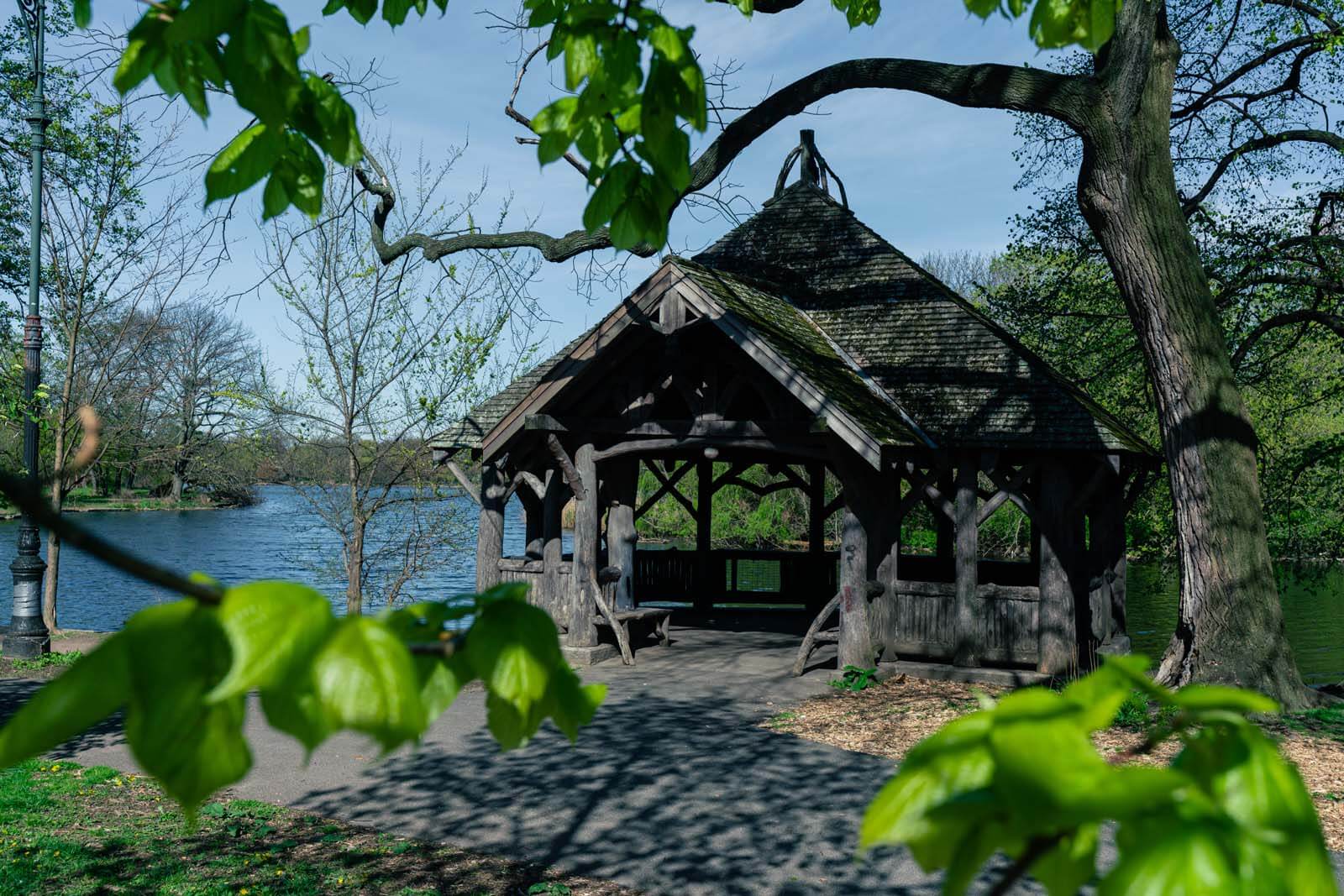
The Last Forests of Brooklyn: Prospect Park is home to more than 30,000 trees, the oldest being 300 years old—Fallen Black Oak on Elephant Hill. Of the original forest, two stands remain, Midwood and Ravine Forest.
Animal Biodiversity: the park contains at least 18 fish species, more than 200 bird species, 50 butterfly species, and 25 dragonfly species.
Concert Grove (a.k.a. Von Weber Memorial): an intricately laid warren of gardens and paths set around a formal music pavilion, modeled on open-air music venues so popular in Europe.
The Carousel: opening in April and closing in October, it represents one of the most popular attractions—featuring 53 majestic horses alongside a lion, giraffe, deer, and two dragon-pulled chariots. Carved in 1912 by Charles Carmel, one of the foremost carousel designers.
Montgomery Cliff: famous, swashbuckling, by-gone era king of the movie marquis is buried in the Quaker cemetery nestled within the park.
Prospect Park Historical Architectural Gems
Few things in the park are there by accident. Little was left to chance. Remember this so that in your eagerness to find choice landmarks, you don’t miss the proverbial forest, for the trees…
Prospect Park itself is a landmark of ambitious and massive dimension. A sculptural masterpiece, an homage to nature. Stage-managed, if you will.
An example of this is the Rockarch Bridge. Over the years, the stream became blocked by fallen stones and debris; even the bridge itself needed repair.
In the 90s, the Prospect Park Alliance worked to restore (and complete) Olmsted and Vaux’s plans for a watercourse. On restoring Rockarch Bridge, the crew realized that Olmsted and Vaux purposely built and situated it to focus sunlight over the rushing stream below. The effect is magical.
The Watercourse is an intricate, man-made wetlands area. As mentioned above, it was designed by Olmsted and Vaux and finally realized in 1994, championed by the Alliance for Prospect Park.
Topiary: A Twenty-Year Project is an impressive, outdoor display of animal-shaped topiary. The topiary hearkens back to the original naturalistic theme of the park. Bridging the Beaux-Arts bent of New York’s Gilded Age, which littered the park with Neo-Classical columns and arches. Like Grand Army Plaza, which also happens to be where the topiary exhibit is situated.
The location of Grand Army Plaza was originally a fountain. A posthumous memorial to President Lincoln, honoring the nation’s victory in the American Civil War—merely two years earlier.
Wanting more glamor, wealthy patrons (many of whom belonged to the Tammany Hall political set) commissioned the Neo-Classical victory arch to replace the simple fountain.
Dragon Fountain, which features an Asian-styled bronze dragon, is one of seven playgrounds within the park. Most of which have water fixtures—customarily turned on, from Memorial Day to Labor Day. When daytime temperatures reach 80 degrees.
The Carousel, constructed in 1874, features, as mentioned earlier, more than two dozen hand-carved horses and several other exotic animals. Interestingly, the carousel was powered in the beginning by a blind, old horse—a real one!
Last but not least, Mount Prospect Reservoir, though a separate park, is a must-see if you want a stunning panorama. Plus, it’s part of the Prospect Park history!
Of course, there are other famous, historical spots to visit, like the picturesque Boathouse, the Tennis House, the Litchfield Villa, the Amphitheater, and the ever-popular Dog Pond where your pup can cavort and splash after taking a long run in the meadow.
What’s more, there’s an app! If you’re worried you might miss something or get lost, which is easy to do even for locals since there are so many winding paths within the park, this app, not only shows where you’ve been but where to go. It also has family-friendly educational games.
At this point, you might be wondering, how’d all this get started? It’s complicated…
History of Prospect Park: Lucky Number Seven
The notion of a distinctly Brooklyn park had been floated since at least 1820. Walt Whitman had been an ardent early supporter. The park at Fort Greene was born from this. Nevertheless, time, resources, and certain personalities were still required to bring Prospect Park to fruition. In 1859 these elements fell into place.
In direct response to a public petition from the city of Brooklyn, the New York State Legislature passed an act on April 18th: “To Authorize, the Selection and Location of Certain Grounds for Public Parks, and also for a Parade Ground for the City of Brooklyn.”
At the same time, it must be noted that another serious matter nudged the legislature. Due to poor sanitation, rapid growth, and inadequate freshwater, cholera and yellow fever epidemics were frequent and devastating.
The park would allow Brooklyn and its surrounding townships to address the dilemma by buffering the Mount Prospect Reservoir with hundreds of acres of permanently undeveloped land.
Later the same year, the city of Brooklyn and the township of Flatbush jointly commenced the project, then designated Mount Prospect Park.
The history of Prospect Park continued when fifteen commissioners were appointed. The most notable being James Stranahan, the park’s best-connected (read: Tammany Hall), longest-serving, and most vocal champion.
Stranahan was also popularly credited as the “true father of the park” due to his diligent 22-year tenure as Parks Commissioner.
Each of the men chose suitable sites. On February 3rd, 1860, they presented their suggestions. Before any construction began, however, there’d be years of debate, proposals, and counter-proposals—as with all municipal projects.
Early, unofficial plans recommended a more modest vision of Prospect Park, attended by a series of small satellite parks. These recommendations never gained traction. Another plan would have united the present-day Prospect Park with Forest Park in Queens, plus all the land between.
The rapid growth of Brooklyn’s population and infrastructural development made this bold vision of the park impossible. Moreover, national tensions, which eventually boiled into the American Civil War, were already weighing on the minds of the financiers.
Seven official proposals were considered between 1859 and 1865. The first to be tapped was the topographical engineer Egbert Ludovicus Viele, the first Chief Engineer for Central Park.
He’d lost that project, though, to Frederick Law Olmsted and Calvert Vaux, the same duo behind Central Park which if you’re also familiar with, you’ll notice quite a few similarities between the two sister parks. They say lightning never strikes the same spot twice. Surely the same thing wouldn’t happen again… Or would it?
Egbert Viele inspected the Board of Commissioners proposed site and wrote a report, saying that “the primary object of the park [is] as a rural resort, where the people of all classes, escaping from the glare, and glitter, and turmoil of the city, might find relief for the mind, and physical recreation.” He added: “…while on the other hand nature in its beauty and variety never palls upon the senses!—never fails to elicit our admiration; whether displaying its wild grandeur in the vast solitudes of the forest, . . . whether bursting the fast of winter, it opens its buds in spring-time, or yielding to the chilling blasts it scatters its autumn leaves — it conveys in all its phases and through all its changes no emotions which are not in harmony with the highest refinement of the soul.”
The history of Prospect Park soon changed. In 1861, the American Civil War erupted, which in turn tabled Viele’s proposal. When the war ended, instead of re-engaging Viele, Stranahan initiated a new competition to find the perfect design.
The seventh (and final) proposal, provided by the British architect Calvert Vaux in 1865, borrowed the best concepts from its predecessors, improved them, and tossed the rest.
This, coupled with Vaux’s impeccable resumé, won him the contract. Vaux initially chose Andrew Jackson Downing as his partner. This man had also worked extensively with Vaux on other significant projects, like the Capitol Mall.
A tragic accident, however, claimed Downing’s life, once again changing Prospect Park’s history. So, Vaux turned to his old friend and collaborator on the Central Park project, Frederick Law Olmsted.
Frederick Law Olmsted & Calvert Vaux
Frederick Law Olmsted (1822-1903) and Calvert Vaux (1824-1895) were very different men who happened to have two passions in common: landscape architecture and a fast love of nature.
They seemed to believe that human ingenuity at its best-mimicked nature’s diverse forms and functions and the history of Prospect Park relied heavily on this duo.
Olmsted was born in Hartford, Connecticut, and lost his mother at a young age. When his father remarried, he essentially grew up in a parish orphanage, receiving the bulk of his formal education there.
Though accepted at Yale, he decided to find his own way. In pursuit of an unorthodox lifestyle, he traveled extensively, taking whatever work he encountered along the way.
Studying landscape architecture, which had captured his imagination at a young age, in his spare time. Later in life, he became notable not just for his world-famous landscape architecture but also for his forays into journalism and public administration. Though the junior partner to Vaux, he is often recognized as the genius of the two.
Calvert Vaux, born in London, had a proper, upper-middle-class British upbringing and the requisite classical education. Turning to landscape architecture early on in life, he painted a series of landscape watercolors that caught the attention of Andrew Jackson Downing.
Downing, a landscape architect from Newburgh, New York, brought Vaux to the United States. He served as Vaux’s mentor and collaborator, in addition to introducing him to Olmsted.
Prospect Park History: A Chilly Start
Let’s jump back in time to the very beginning now, to see the landscape Vaux and Olmsted later fashioned into the park. Though the site of Prospect Park is as old as Earth itself, the landscape we’re familiar with formed about 17,000 years ago, well before Prospect Park’s history.
The Harbor Hill Moraine of the great Wisconsin Glacier, which created Long Island, began melting. The receding moraine left a chain of hills and kettles in the northern part of the site and a lower-lying outwash plain along the southern region. Vegetation sprouted, creating forests, lakes, and swamps.
Lenapehoking
Between 8,000 and 10,000 years ago, a segment of the Lenape (see also: Lenni-Lenape or Delaware) people migrated into this lush corner of Lenapehoking. A territory that included much of the mid-Atlantic coastline and extended hundreds of miles inland.
Their autonym, Lenape, simply means “people.” Lenapehoking translates as “Land of the People.”
The Lenape represented one faction, or nation, within a larger Algonquin-speaking community. This nation comprised three clans: Munsee, Unami, and Unalachtigo.
Within these clans, the Lenape lived within a network of 36 known tribes, which included several small, semi-autonomous communities.
Every 10 or 12 years, upon exhausting local resources, Lenape villagers regularly packed up and trekked to other regions within their traditional domain. This practice allowed the land time to regenerate itself, at which point the villagers would eventually return.
Famed for their fearsome warriors, they were not warlike. And though primarily nomadic, hunter-gatherers, and subsistence farmers, the Lenape did engage in regional trade.
When the other Italian explorer and trader, Giovanni da Verrazano, sailed La Dauphine into the harbor in 1524, Lenapehoking covered what is now eastern Pennsylvania, New Jersey, Lower New York, and eastern Delaware.
Modern archaeologists estimate that, at the time, the Lenape population totaled 30,000, possibly 50,000.
Within the area encompassing modern-day New York City, archaeologists have identified at least 80 of their former villages and an extensive network of ancient paths. In Brooklyn specifically, the Lenape had villages throughout what is now Gowanus, Sheepshead Bay, Flatlands, and Canarsie. The Canarsie people, one of the several different tribal subgroups, were especially prominent there.
Verrazano probably had the eyes of about 15,000 well-established locals sizing up his ship and crew. Lucky for Verrazano, the Lenape chose to treat the interlopers hospitably, piloting scores of colorful canoes into the harbor as a sign of welcome.
New Kids on the Block
In the beginning, the oft-competing European villages (Dutch, French, Swede, and English), which popped up around the harbor mouth and the adjacent territories, posed little threat to the long-established, stable Lenape way of life. They shared in relatively peaceful coexistence.
Colonization has a bent for exploitation and acquisition, however. The advanced technology and ethnocentric mores of the colonizers exacerbated this bent.
The wealthier, more influential European colonists took full advantage of these incendiary elements, increasingly pitting their own people (mostly fortune-seekers, impoverished refugees, and indentured servants) against the Lenape.
As the years wore on, more Europeans arrived. Acquiring more land and resources became desperately vital. Need soon led the European colonizers to commit egregious crimes: shady land deals, kidnappings, raids, enslavement, wars, acculturation, and gradually the expulsion of the Lenape altogether. Within 200 years, the European colonizers dominated the harbor.
By this time, the Prospect Park site had been transformed from dense forest into broad, open pastures for livestock. Of the ancient forest that once dominated the area, small groves in Prospect Park’s Midwood and Ravine remain intact.
The Revolutionary War: Site of a Massacre
Brooklyn saw its share of action in the American Revolution. A hilly northern section of the park, known as Battle Pass, is the site of a significant engagement in the Battle of Long Island, aka The Battle of Brooklyn It constituted a massive loss for the Continental Army.
If not for the Continental Army’s stealthy (and death-defying) escape across the wintry harbor, the war might have ended there. And we’d be driving on the left side of the road.
Monuments and plaques festoon Battle Pass, commemorating the hard-fought conflict and the many brave souls (on both sides) who died on that soil.
One of the most poignant is the Dongan Oak Marker. At this site, a unit of the Continental Army felled an old, massive oak to provide an ad hoc barricade, but to no avail. British troops outmaneuvered them, and they were massacred.
Success, Decline & Revival
The Lenni-Lenape believed in the interconnectivity of all life and the necessity of freedom. The founders of the park wanted a masterpiece that venerated life. Wanting a place where families could have contact with the natural world.
Most importantly, Prospect Park was intended to be an open, public space. Not another elitist playground or tourist destination, like Central Park.
These founders, in this sense, albeit unwittingly, kept the spiritual beliefs of the Leni-Lenape alive.
With increasing industrialization, the public had felt increasingly alienated and smothered by the poisonous progress of technology.
So many of these people, after all, had come from tight-knit agricultural communities throughout Europe and the Americas. They had, until they arrived in the city, witnessed nature in its raw beauty daily. The natural world had been an integral part of how they lived. A friend sometimes. Sometimes an enemy. Nonetheless, a touchstone.
In the hope of finding prosperity and freedom in the city, they became factory workers, construction workers, hawkers, and hustlers, all competing against each other just to survive.
The beginning of the conservation movement is often attributed to Rachel Carson’s seminal work, Silent Spring. This is partly true. Her work woke the middle and upper classes to the excesses of industrialization and its existential threat to all life on Earth.
However, the poor (working-class families in particular) began the conservation of wild spaces over two centuries before Carson’s Silent Spring. Their primary concern, however, was personal—a community-wide sense of alienation.
They felt trapped in a world with which they could not relate.
Based on cooperative principles learned on the farms they came from, working-class, grassroots organizing gave rise to the unions that improved workplace conditions.
They formed hunting and sporting clubs, associations whose sole purpose was to provide members with a means to reconnect with what they saw as a lost legacy. They struck the igniting spark.
The huddled masses, lit by exploitation, anxiety, and homesickness, wanted something better than what they’d received upon arriving in Brooklyn. These humanitarian needs were, in turn, felt and understood by the 19th-century visionaries who designed the park.
Yes, the heirs of very colonizers who had helped destroy the Lenape and their way of life set the stage for the park, Rachel Carson, and the future conservation movement all of which are woven into the fabric of the history of Prospect Park.
The park’s extensive watercourse is one example of all this. Sketched into the design plans by Olmsted and Vaux, their watercourse never fully materialized. Not as they had wished. Likely due to the financial crisis of 1873, which again paralyzed construction, forcing Olmsted and Vaux to depart the project.
Prospect Park history continued to evolve. Over the next several decades, the park weathered on, changing gradually, for better, for worse, and back again to its present splendor.
New York’s Gilded Age saw the replacement of many rustic features with Neo-Classical features and add-ons. The Robert Moses era saw urban planning take precedence over the naturalistic setting Vaux and Olmsted had desired, modernizing, ripping out, and remodeling large sections of the park.
By the 1970s, the park was a shell of its former self. Covered in graffiti and derelict, it’d become a best-avoided public hazard. A place you wouldn’t go alone.
Yet, the dream hadn’t died. Nor did the vision of the watercourse. In 1980 the Prospect Park Alliance, with massive funding from several sectors, began restoration.
By 1994, The Prospect Park Alliance had also commenced its 25-year, $43-million project for the watercourse restoration and completion. This watercourse now sustains the park’s wetland ecosystems, preserving its biodiversity.
Much of this is thanks to individuals who worked for the alliance, like Tupper Thomas, who is chiefly credited with the renaissance. Yet, she did this all with the enthusiastic financial and logistical support of the city, public, and private sectors. Was this mere philanthropy, or rather a genuine demonstration of optimism—perhaps even kinship?
Take this in and then ask: are the Lenape so different from their European counterparts? Technology and greed have historically stood between them, certainly. Yet, both cultures yearned to live beside nature. And still do.
Perhaps we were distracted, for a time, by the novelty of our technology and the capacity to amass wealth from it. We all, however, want our world back—the real world. We want the soil beneath our feet and wind in our hair.
As much as another landmark, the Brooklyn Bridge, facilitated industrialization in New York City, Prospect Park defied the hive-minded approach to technological progress.
The bridge completes a circuit, connecting the city’s capacity for extraordinary innovation; the park connects its dense population with our common origin, Earth.
A gentle, literally grounding reminder that each person is the pioneer of one’s own life. Regardless of so-called achievements, rank, or class.
In Prospect Park, people can release anxieties and pressures, remember who they are: the lingering fantasies, hopes, and sense of one’s selfhood that provides inextinguishable optimism and that’s why it’s one of the best parks in NYC.
If you enjoy historical pieces, be sure to check out these other pieces by our guest author Christopher Frederic Lapinel:
- Walking with a Phantom: Walt Whitman’s Brooklyn
- Nickel Empire: History of Coney Island
- Engineering a Love Story: History of the Brooklyn Bridge

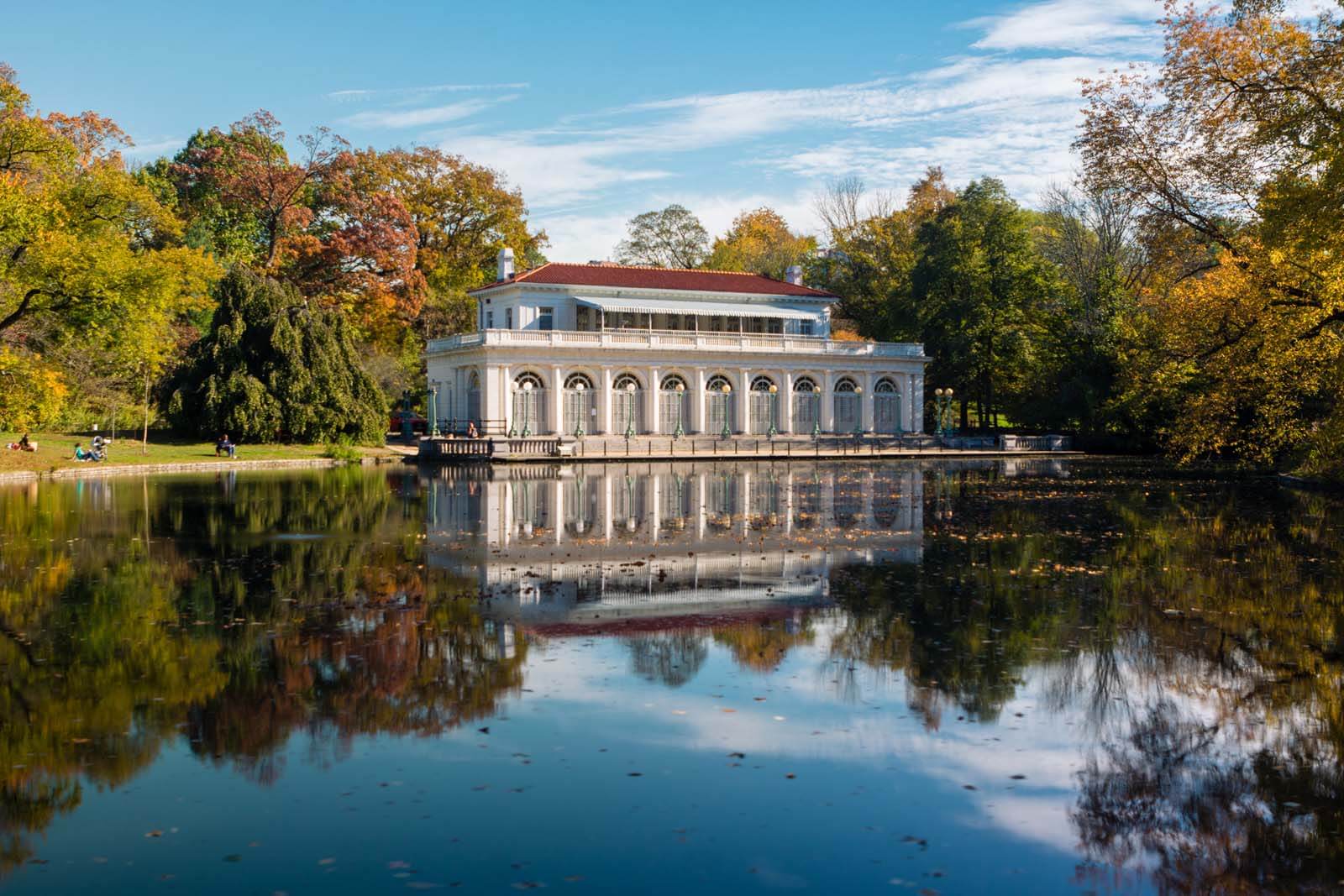
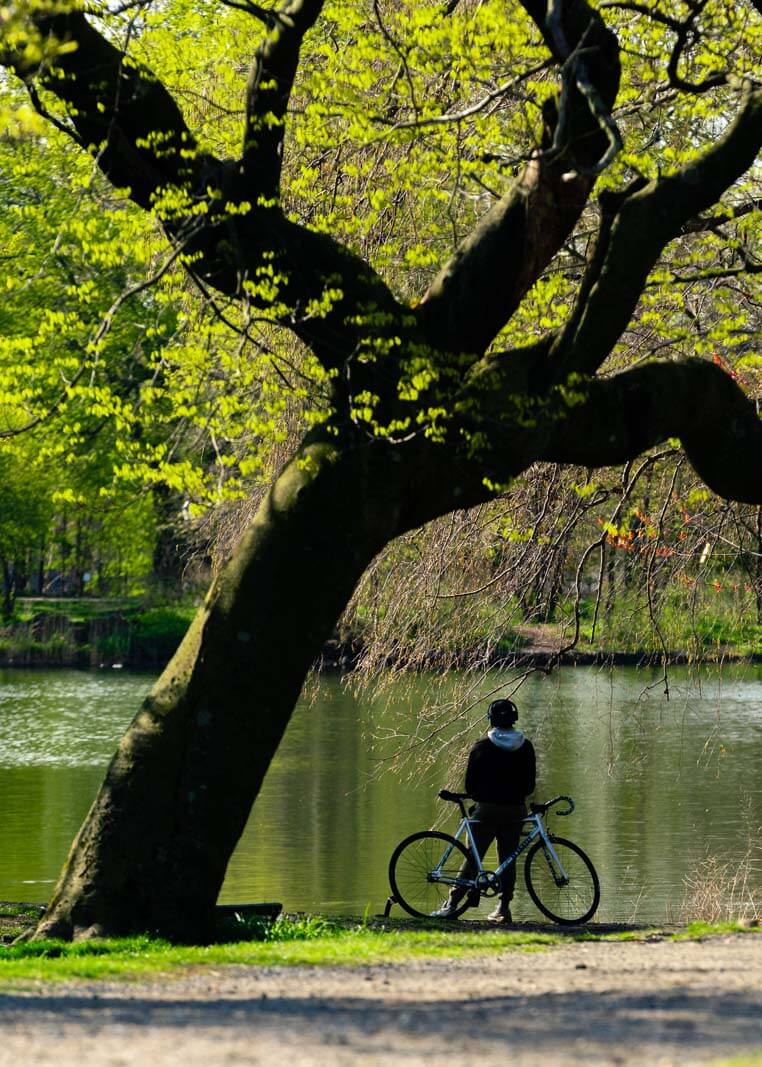
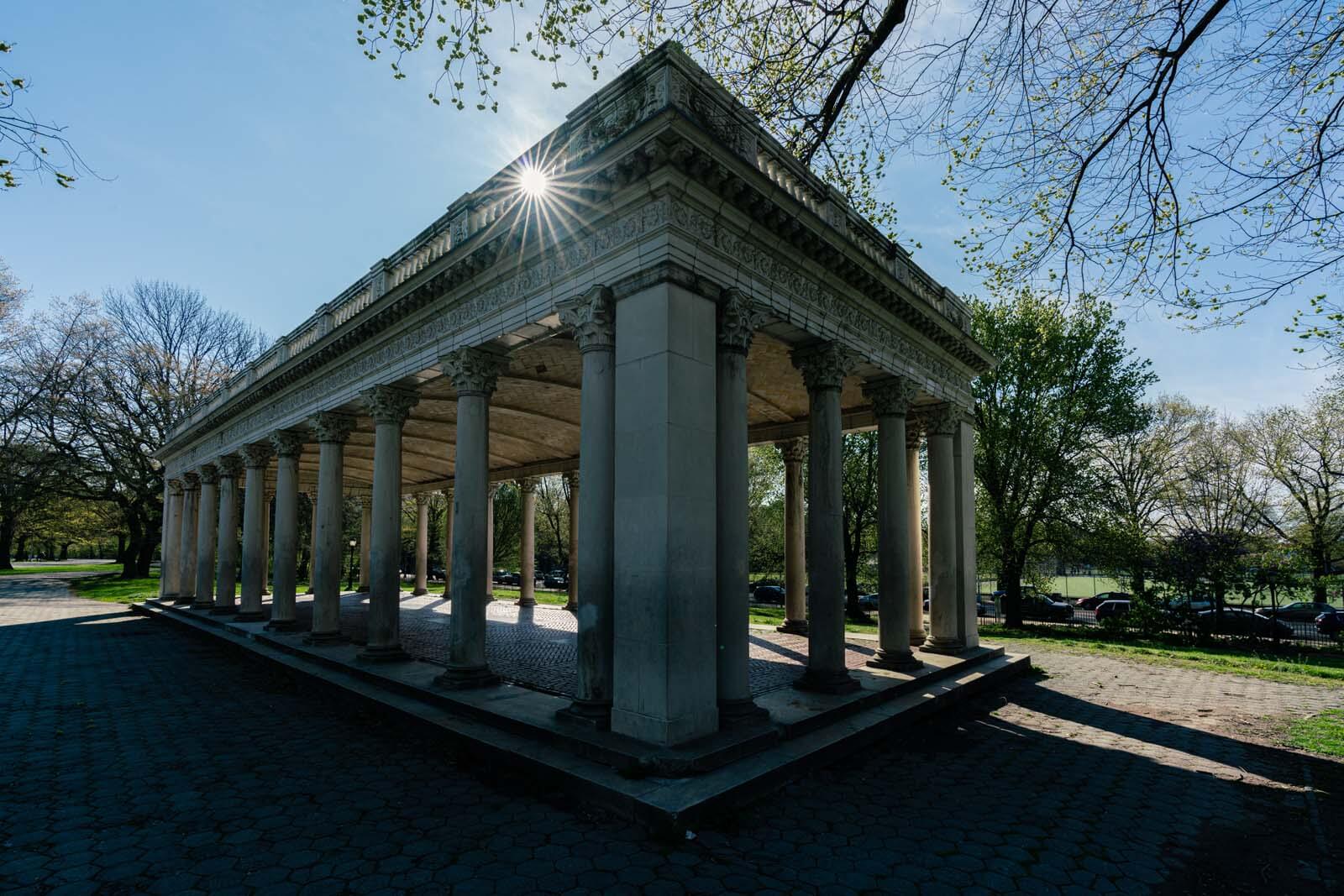
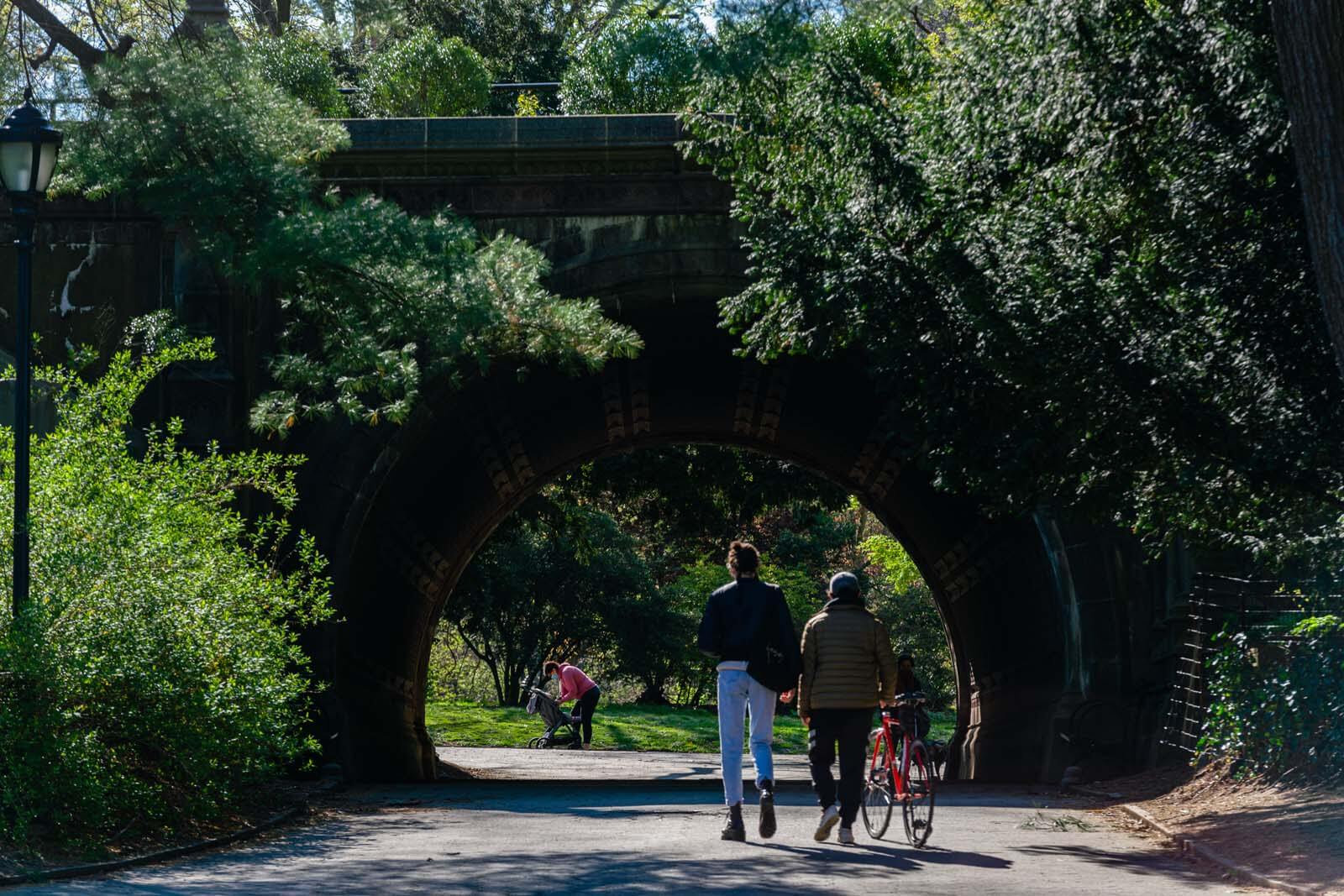
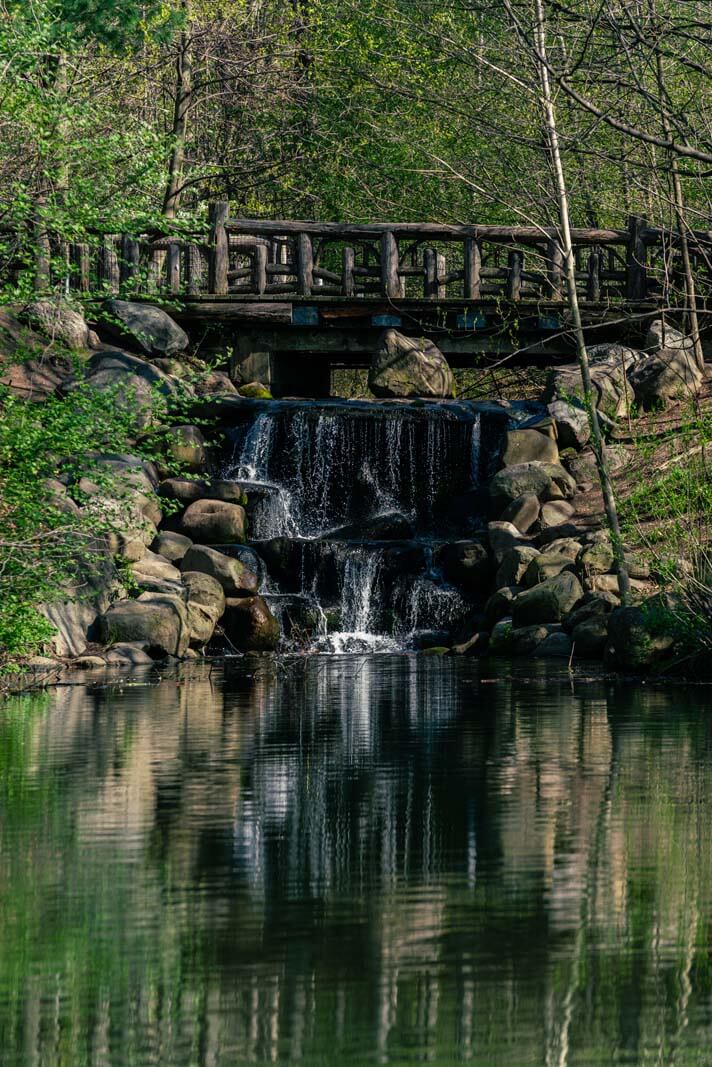
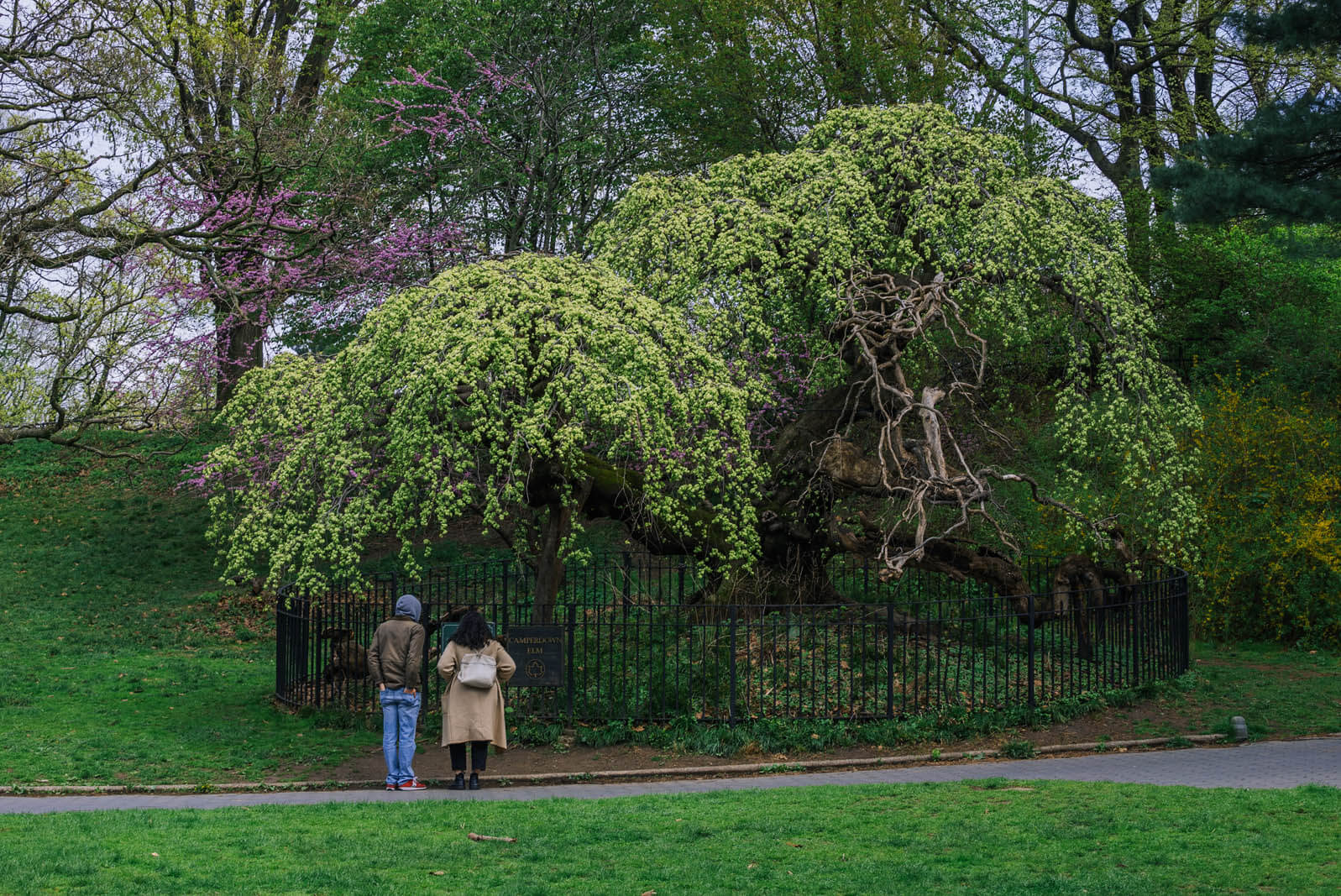
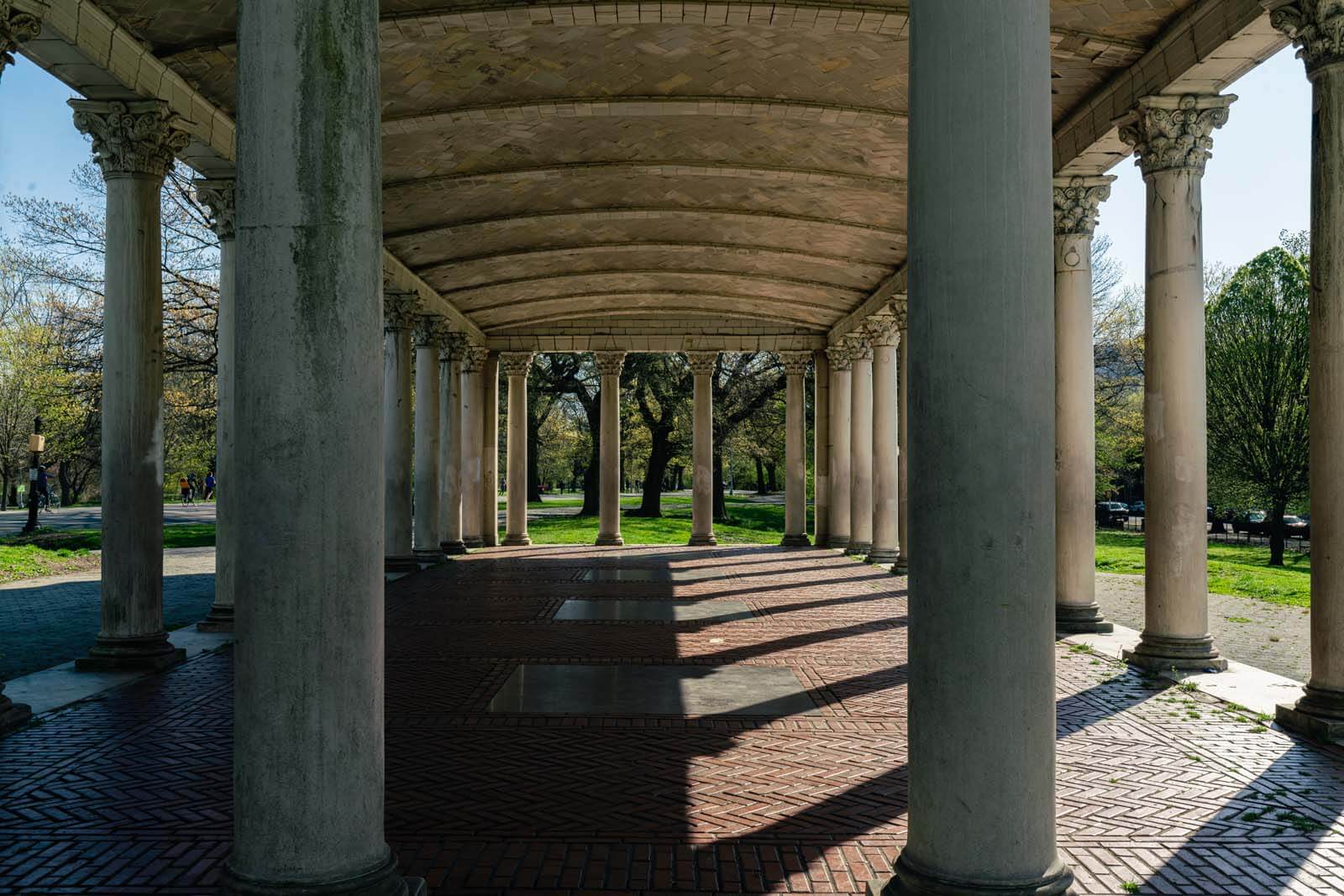
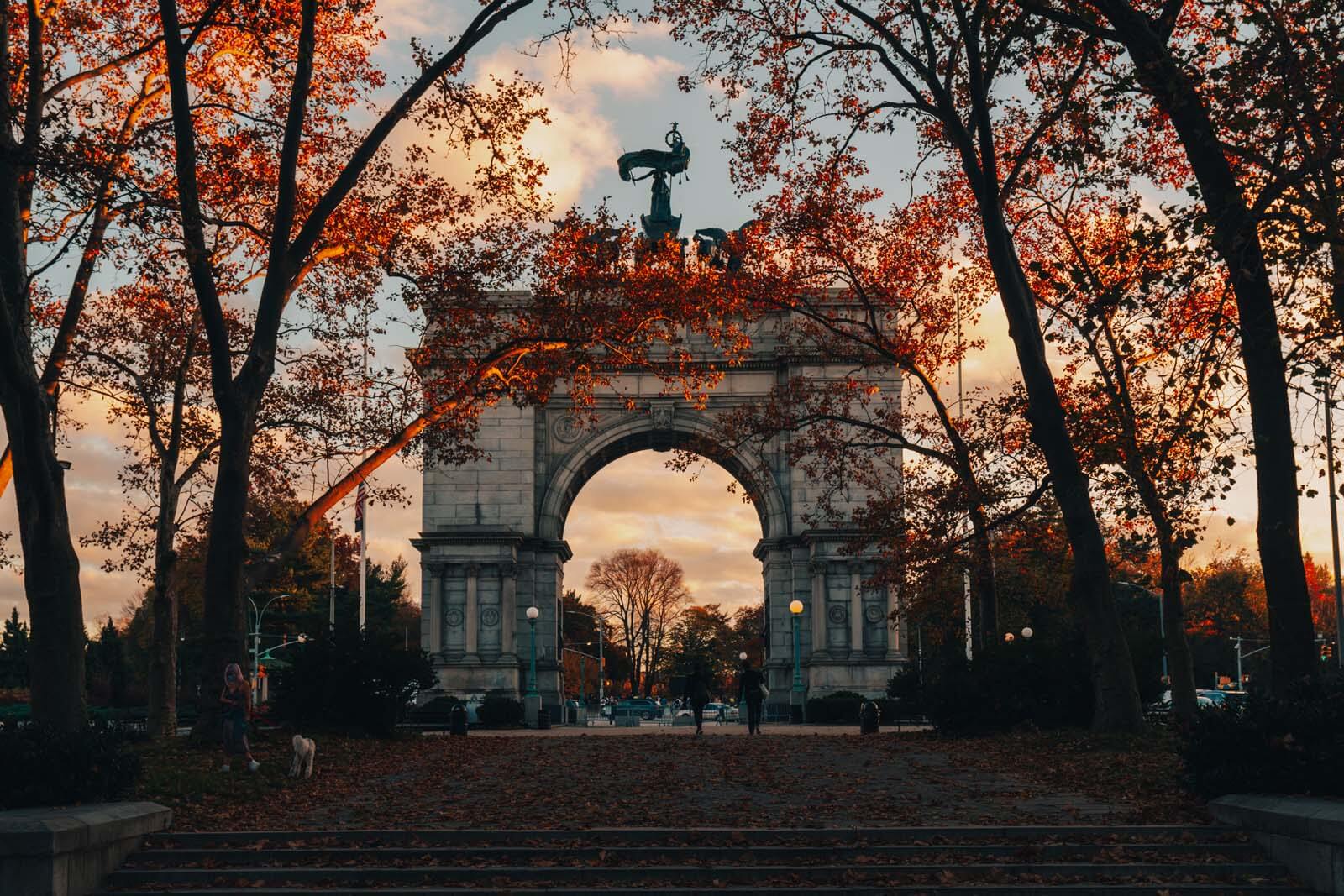
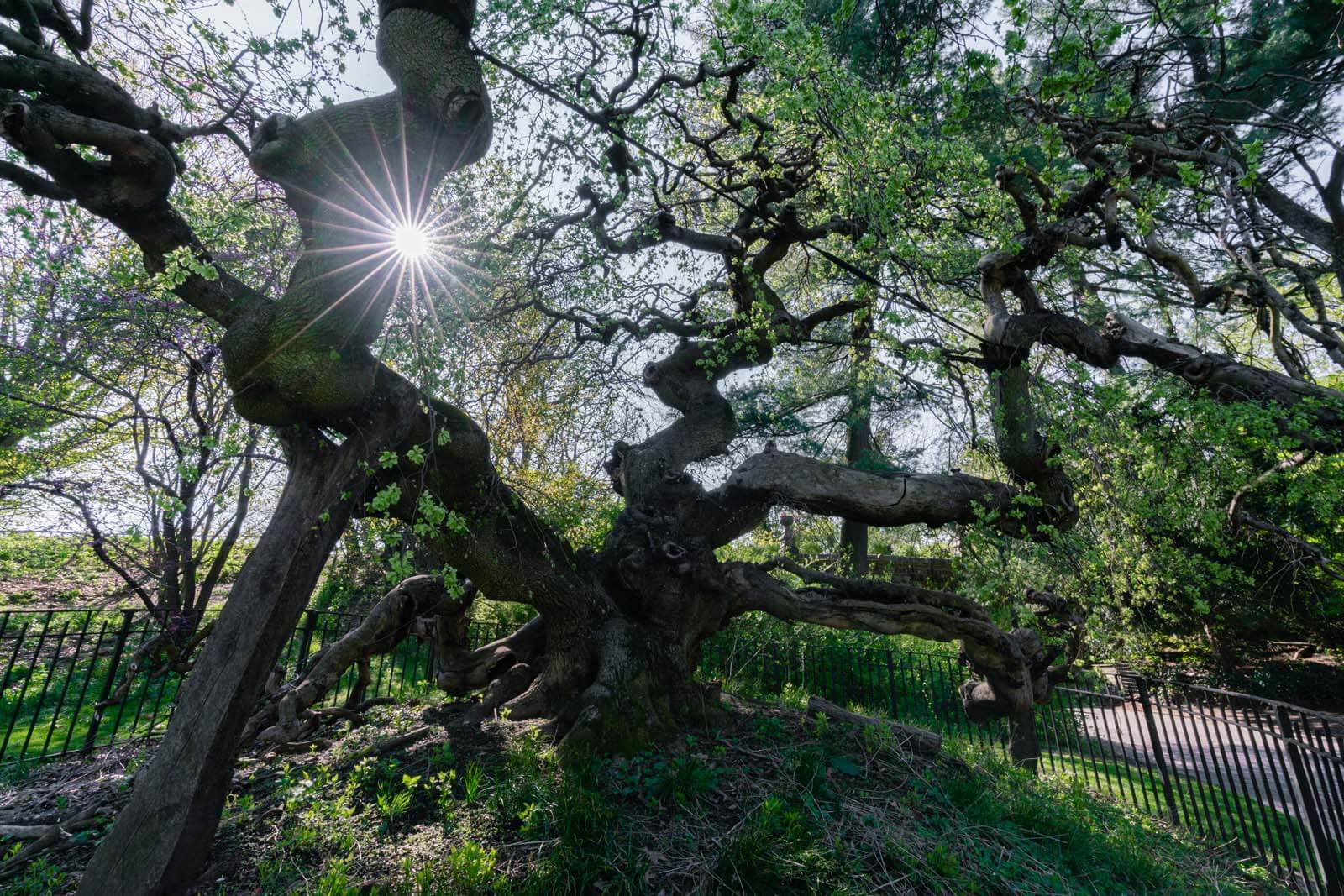

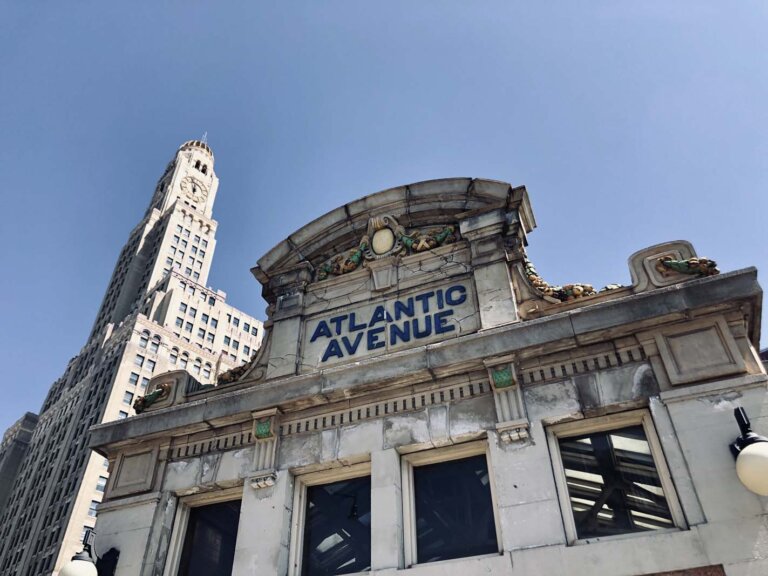
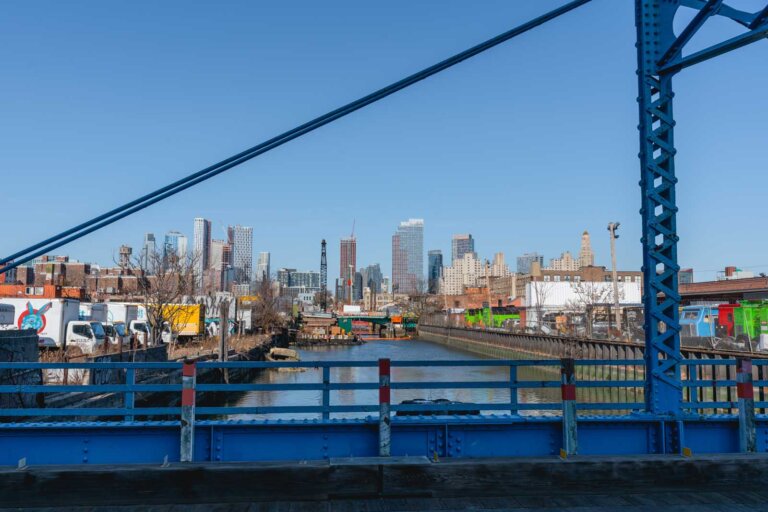
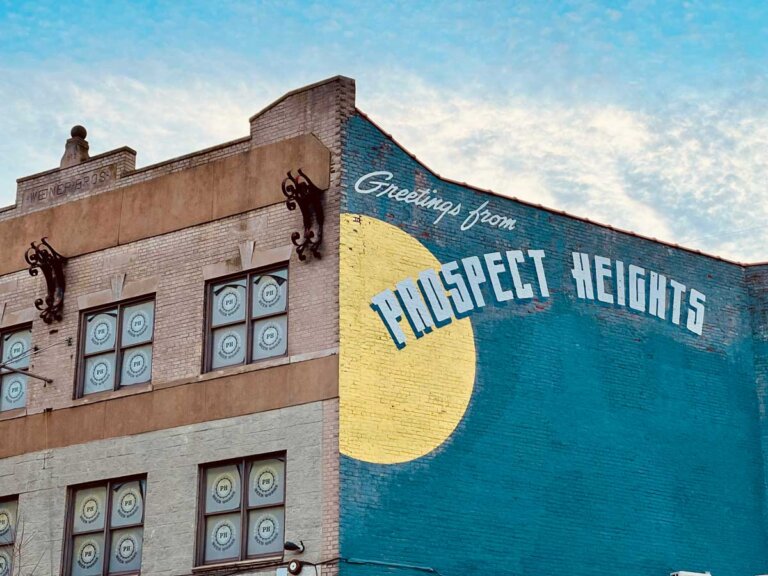
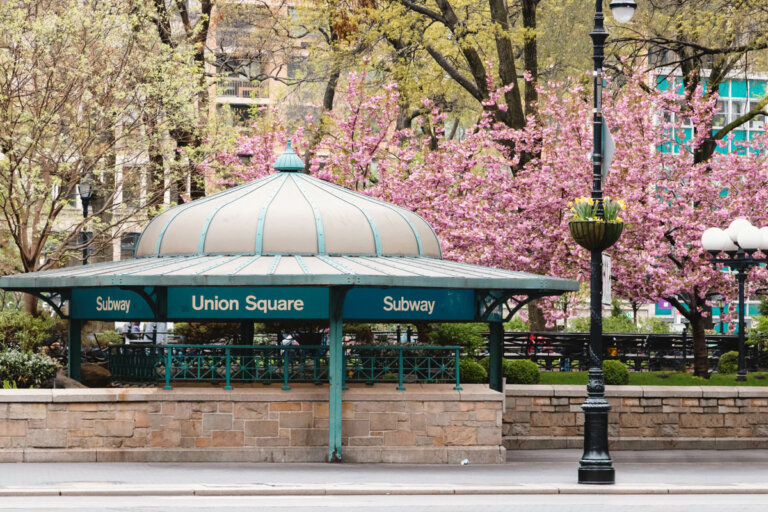
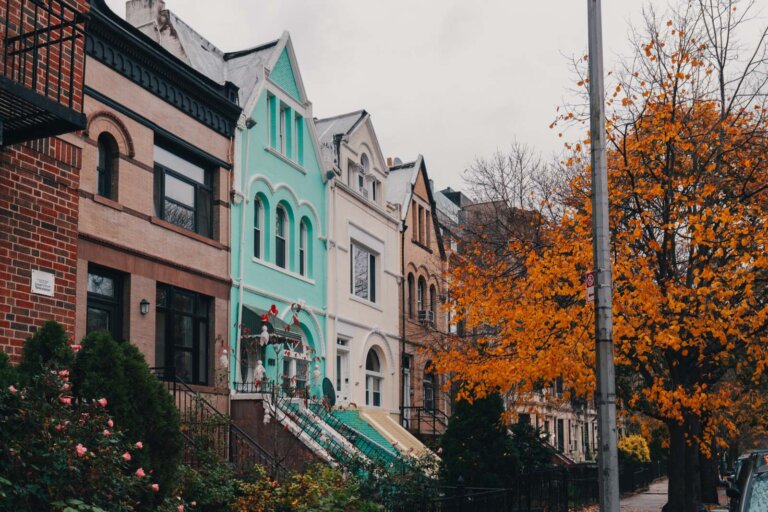





The actor’s name is Montgomery Clift.
The actor’s name is Montgomery Clift. This is my first submission.